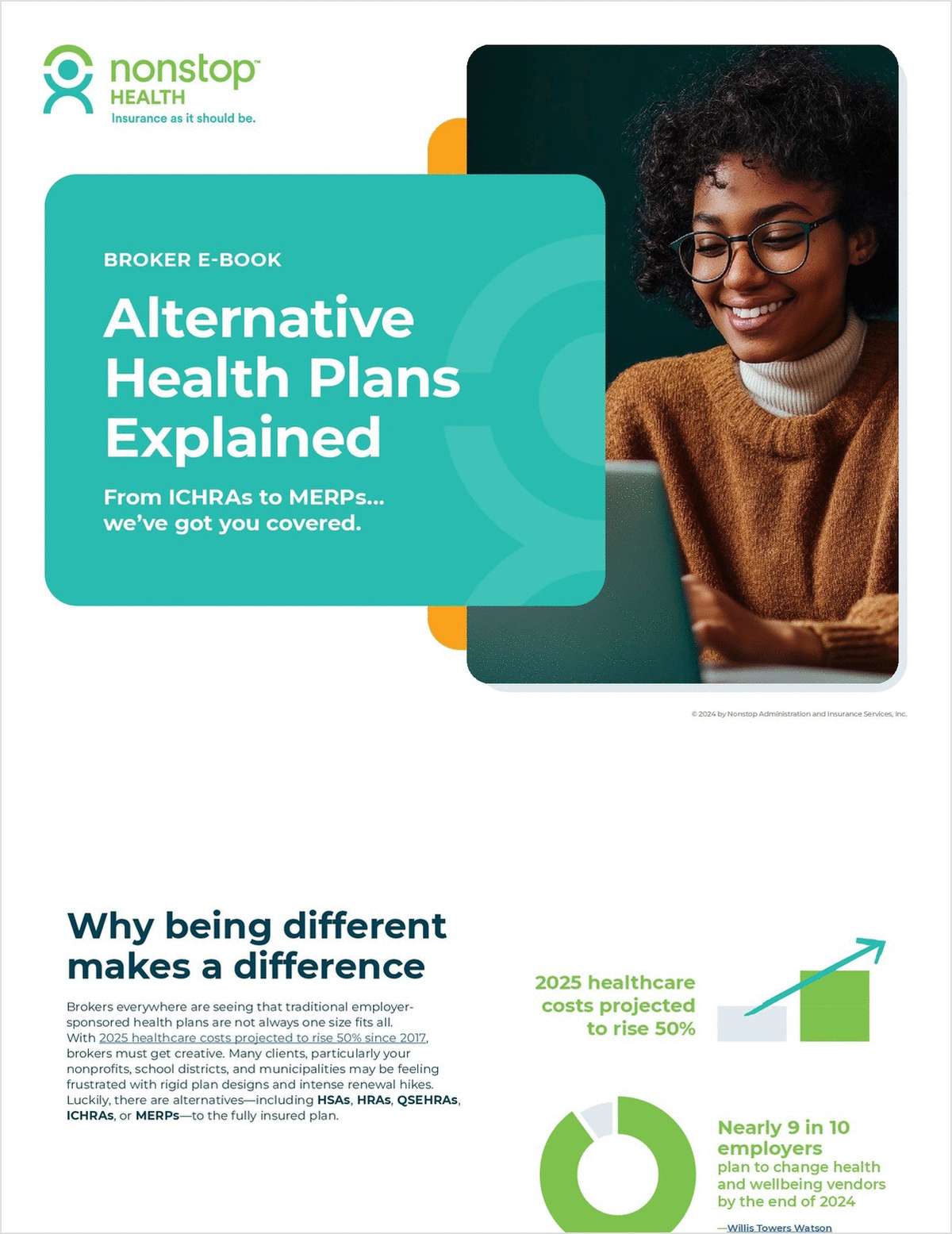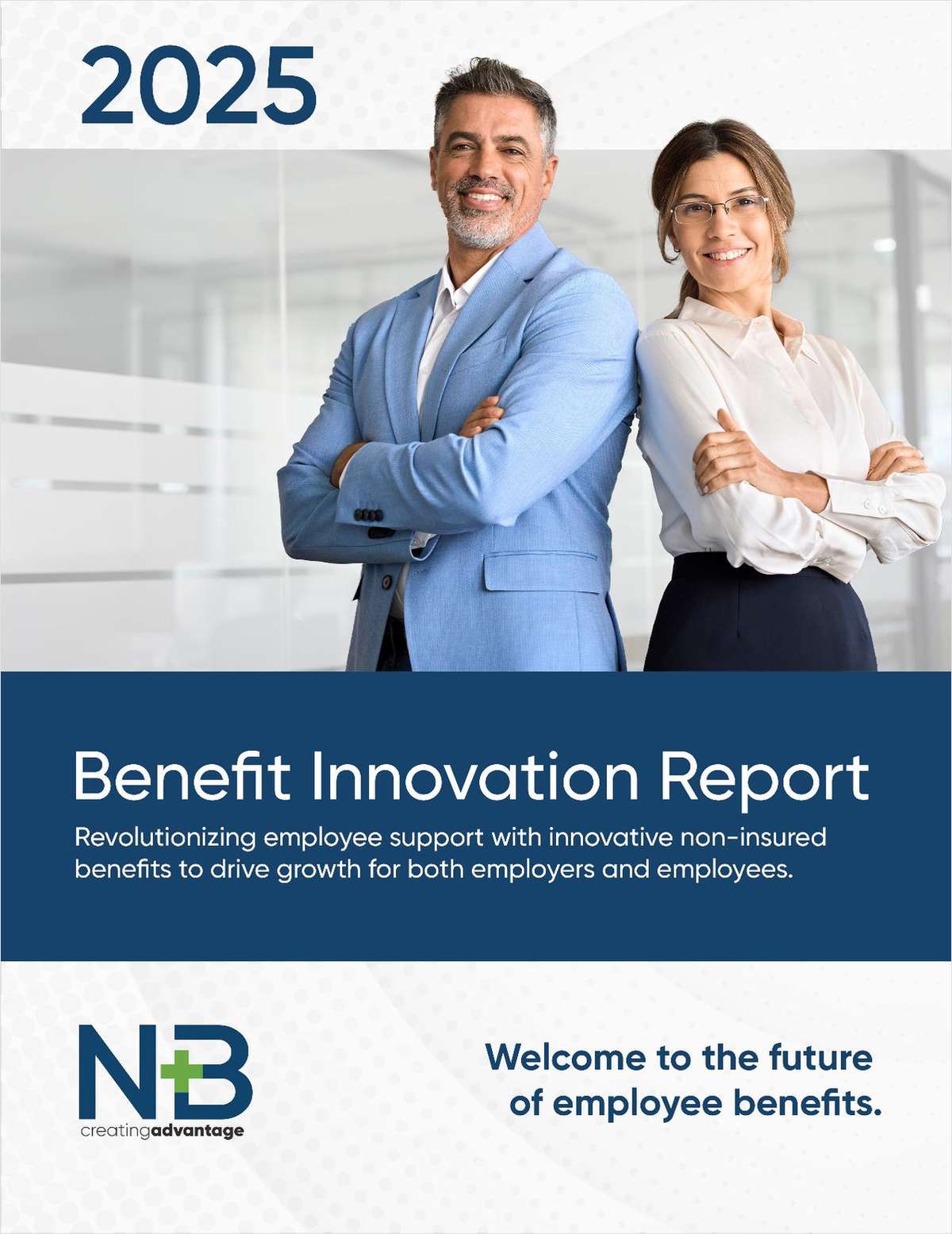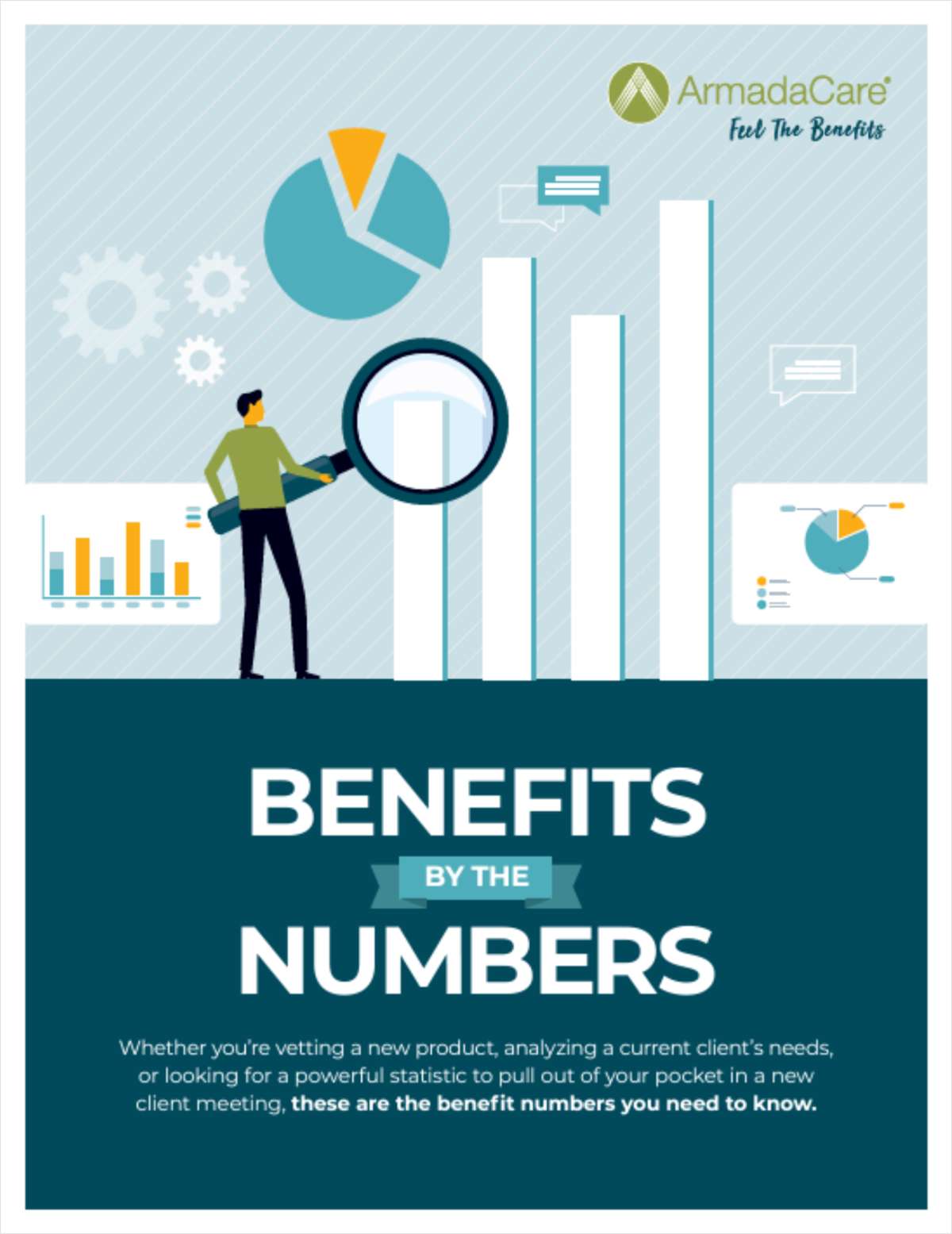The AARP filed a lawsuit in federal court in Washington last week seeking to enjoin final rules for workplace wellness programs recently issued by the Equal Employment Opportunity Commission, claiming they allow employers to illegally access private health information of employees and use the data in a potentially discriminatory manner.
The AARP, which represents almost 38 million people age 50 or older, alleges that the rules, which the commission finalized in May, violate the Americans With Disabilities Act and the Genetic Information Nondiscrimination Act.
But lawyers representing employers say the injunction would increase uncertainty around programs intended to lower medical and health insurance costs, which already are being adopted by many organizations in the U.S.
The federal Affordable Care Act has encouraged companies to offer wellness programs, which are intended to incentivize employees to get help with weight loss or smoking cessation in exchange for lower insurance premiums.
Steve Wojcik, vice president of public policy for the National Business Group on Health, a nonprofit that represents employers' perspectives on health policy issues, said, "these incentives are not designed to penalize people, they are encouraging people to stay active and healthy and engage in wellness and lower their risks."
The organization released a statement in May saying that for most large employers the final EEOC rules were "business as usual."
But the fact that many of these programs require employees to undergo health-risk assessments or biometric screenings has raised controversy over whether they violate workplace privacy laws. There is also a question of whether the programs are truly voluntary, or whether the higher costs for nonparticipants may be coercive.
The AARP's lawyers from the organization's litigation arm, AARP Foundation Litigation, wrote in their complaint filed in the U.S. District Court for the District of Columbia that Congress intended the Americans With Disabilities Act and the Genetic Information Nondiscrimination Act to "generally prohibit employer requests for employees (and dependents') medical data" with only "narrow exceptions" for "strictly voluntary" programs.
"For 15 years, consistent with Congress' intent, the EEOC maintained that employee wellness programs implicating confidential media information are voluntary only if employers neither require participation nor penalize employees who choose to keep their medical and genetic information private. The 2016 rules depart starkly from the EEOC's longstanding position" the complaint states.
The final rules issued by the EEOC, which declined to comment on the suit, said that in order to be voluntary, companies can't condition health coverage on wellness program participation. They also can't offer an employee a penalty totaling more than 30 percent of the value of an individual's plan for not participating in a wellness program.
The complaint claims that this 30 percent threshold still penalizes nonparticipating employees too much. AARP lawyers point to data from the National Women's Law Center that says that 30 percent of an employee's coverage in 2014 worked out to an average total of $1,800, or more if a spouse is on the plan.
"To the average person that's going to make a really big difference in their monthly budget," said Dara Smith, one of the attorneys representing the AARP. She added that the AARP's preference "would be for employers not to penalize people at all" for nonparticipation.
Smith also pointed to the dangers of having health data disclosed to employers, particularly when the employee is older. "Older workers tend to be the ones who are disproportionately likely to have the sorts of conditions revealed by these inquiries like high blood pressure, diabetes or mental health concerns like depression," she said.
If an employer becomes aware of one of these issues through wellness program testing, she argued, they could take discriminatory action like laying off older employees to keep insurance costs down.
Attorneys representing employers in benefits matters say that despite debate over the legality of employee wellness-program disclosures, many companies are adding them.
"We've seen a pretty large uptick in wellness programs being implemented and strengthened, and made more robust over the past several years," Garrett Fenton, a partner at Miller & Chevalier in Washington who represents employers in employee benefits matters.
Frank Morris Jr., a partner at Epstein Becker & Green in Washington who also works on employee benefits cases, said that the possibility of an injunction that eliminates the EEOC rules creates "additional uncertainty" that could be "very harmful" for employers currently planning employee health insurance and other benefits registrations for 2017.
Complete your profile to continue reading and get FREE access to BenefitsPRO, part of your ALM digital membership.
Your access to unlimited BenefitsPRO content isn’t changing.
Once you are an ALM digital member, you’ll receive:
- Breaking benefits news and analysis, on-site and via our newsletters and custom alerts
- Educational webcasts, white papers, and ebooks from industry thought leaders
- Critical converage of the property casualty insurance and financial advisory markets on our other ALM sites, PropertyCasualty360 and ThinkAdvisor
Already have an account? Sign In Now
© 2024 ALM Global, LLC, All Rights Reserved. Request academic re-use from www.copyright.com. All other uses, submit a request to [email protected]. For more information visit Asset & Logo Licensing.








